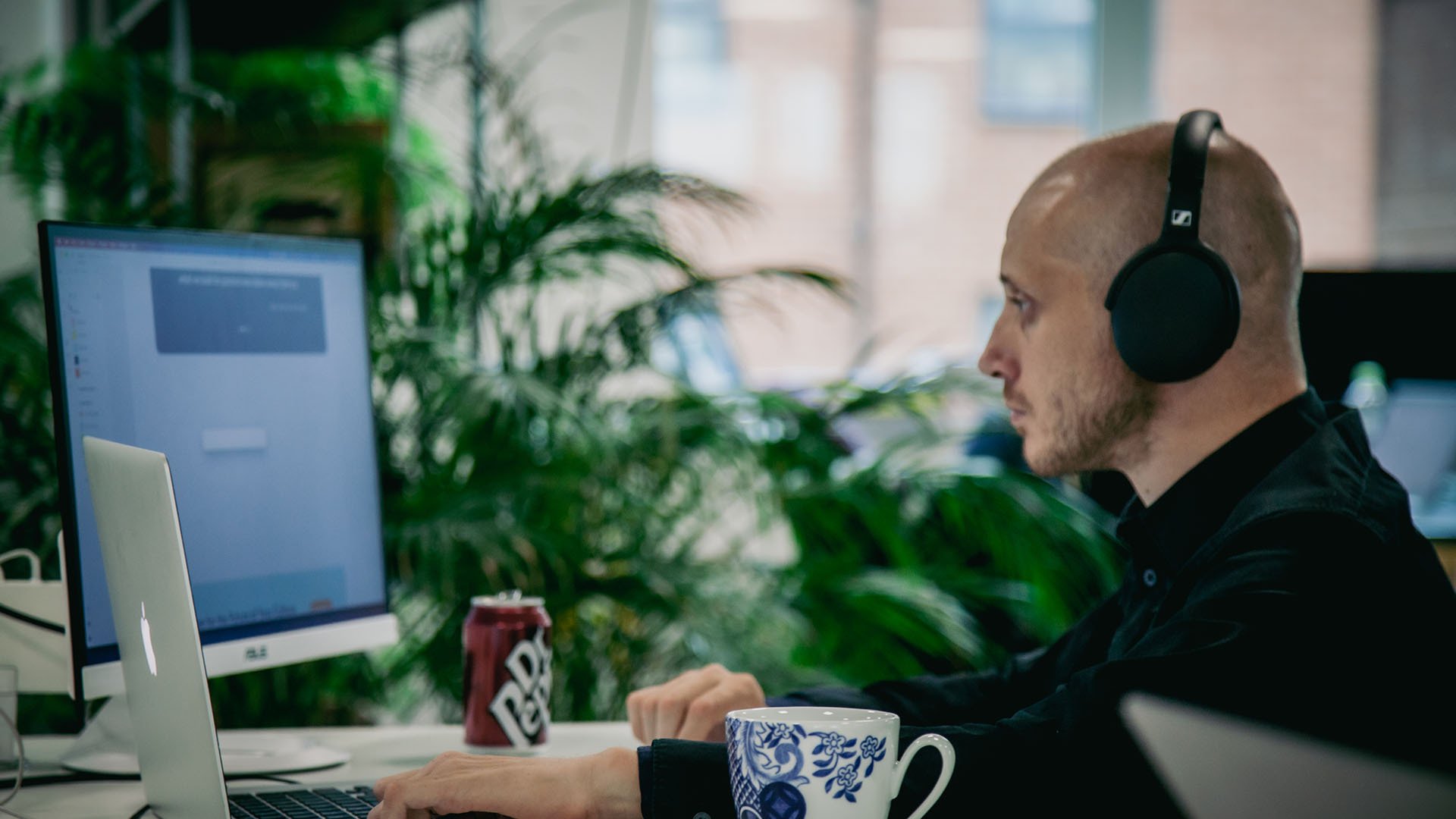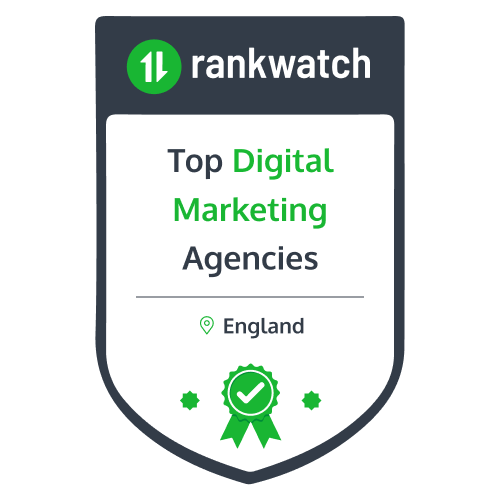
A Day in the Life of a Graphic Designer
With the growing digitalization of graphic design, it can be easy to forget about the principles of good design.
Creative and content are king, and this still holds true with effective branding and advertising. The importance of core design principles such as balance, alignment, hierarchy, contrast, Color Theory, and that all important white space, remain critical to creating impactful content and advertising.
But, to be a good graphic designer not only requires creativity.
It needs a willingness to experiment with modern technologies, social platform capabilities and adapting to new design software, not just PhotoShop! This way, creatives take advantage of new solutions, expressing artistic skills in different ways for a competitive edge.
BH&P’s Lead Designer, Jamie Evans, is an example of an experienced modern digital designer, experimenting with a range of digital tools, executing across multiple digital and social channels, to bring our clients’ brands and messages to life…
What Does a Graphic Designer Do?
Jamie Evans, Lead Designer, BH&P
A day in the life of a graphic designer varies immensely. Especially if you’re working as a freelancer, or in an integrated agency with vastly different clients and design needs.
Before joining BH&P, my experience mostly covered digital artworking for online ads, the occasional brochure, van livery, airport advertising and GIF creations.
From working through various live briefs, concepting social or digital ads for different media, to communicating with the creative director, a typical day in the life of a graphic designer is anything but ordinary.
You’ll often have tight deadlines too. So, I have to manage my time effectively while using creativity and technical skills to solve problems and bring ideas and visions to life.
I would describe my own role at BH&P as an integrated designer. One who covers all bases, using an array of design technologies and adapting to specific software for the digital advertising needs of our clients.
The only ‘old-fashioned’ design we do is through hand-drawn scamps and concepts that, I believe, are still the fastest and most effective way to communicate new ideas.
How to Become a Graphic Designer
My own journey to become a graphic designer started when I was 12.
I had a family friend who owned a graphic design agency, where I did work experience (this kept me out of trouble in the summer!).
Then, the typical route to become a graphic designer was through attending art colleges. There was a particularly prolific one where I grew up in Cheltenham at the time.
But, after an accident which left me paralyzed in 2002, it meant I couldn’t pursue a fine art course so easily. So instead, I committed to a vocational course. I took a two-year Higher National Diploma which I still believe gave me the digital and multimedia skills and therefore the real-world advantages in design over my peers.
Remember, there weren’t many YouTube courses to take in the noughties!
During the diploma, I learned a lot about animation using Flash. My lecturers were keen on animation and moving graphics and had perhaps spotted a trend shift towards moving image.
I went on to complete my degree by enrolling on a Graphic Design and Creative Advertising course at Bucks New Uni where I won a D&AD award which helped me gain experience in the world of advertising in London.
Even after this, I continued to hone my passion through 8-10-week night courses in design tools like HTML & CSS, animation, Adobe Illustrator, InDesign and PhotoShop courses.
THE BIGGEST MISCONCEPTION ABOUT GRAPHIC DESIGN
“I have to know PhotoShop. It’s essential.”
Yes, it’s important, but once you manipulate those images in PhotoShop, they need to be properly laid out using programs like Illustrator and InDesign. Or whatever you choose and adapt to!
What Skills are Needed to be a Graphic Designer?
Attention to Detail
Attention to detail is a given and is the single most important skill for any graphic designer. Without it, you’ll miss alignment, color, or copy errors that ruin the design, and the professionalism and conviction of its message.
It seriously soon does become second nature. It’s artwork, at the end of the day, so treat the work as such.
Time Management
To be a good graphic designer in a fast-paced marketing agency, time management is essential. It's easy to get caught up in perfecting a project. Either constantly amending that animation or colorizing that graphic a little differently.
Don’t let time slip by. You should recognize when it's time to finalize so that client deadlines don’t float away.
As a graphic designer, it’s important to be aware of the type of design brief in front of you and how long you should spend on it.
Knowing the scope of the project, estimating the potential added time for amending and refining assets, is also critical. This helps to better plan work, execute efficiently and set realistic deadlines for yourself, account handlers, and ultimately, the client, to all be satisfied with.
Creative Instincts
Having creative instincts is undoubtedly important to be a good graphic designer. However, to be really unique and successful in this field, one must also be critical of work.
A graphic designer working on a profound piece of communication ought to identify areas for improvement, demonstrating that constant strive for excellence.
Additionally, having an eye for aesthetics is just as important as having an understanding of existing, and new, digital tools and techniques. A modern designer will have good understanding and open-mindedness to adapt to the latest emergences in design technology, like Stripo or Figma, to succeed in the modern landscape.
It’s not all about Adobe products!

*Example of a BH&P email template design created using Stripo.
Communication
A day in the life of a graphic designer practices all sorts of skills. But, while artistry is essential, it’s only part of the job.
You must also communicate effectively with teams, project managers and other stakeholders to ensure that projects are completed on time and within budget. This involves discussing the project's requirements, presenting ideas and explaining design concepts - whether they’re complex or simple - in understandable ways to ensure everyone’s aligned on the brief.
As well as spoken communication, being aware of written communication is often overlooked in graphic design. Creative writing and storytelling are an integral part of advertising in the modern world to drive engagement and emotional connections with audiences.
Linking imagery to written content is a powerful way to let messages resonate with audiences. Particularly when finding photography for articles, for example, to emphasize the themes it discusses.
Traditionally, copywriters are responsible for conjuring creative and effective advertising headlines. However, with many agencies encouraging collaboration and flatter structures, anyone can raise their hand with an effective idea, including designers. Therefore, they also can contribute their innate creativity to support with written communication.
Knowledge of Branding
Again, another obvious one for anyone looking to become a graphic designer.
As an effective graphic designer, it’s essential to have a good understanding of branding. This isn’t just about creating logos, but involves understanding psychology behind design, how to use Color Theory, tone of voice, typography, and other elements to create a cohesive brand identity.
In essence, branding is a set of creative rules.
Hear this: knowing these creative rules well, allows talented designers to know how to break them in creative ways that make sense for the brand, creating out-of-the-box design ideas.
What Are Your Favorite Design Projects to Work On?
I’ve enjoyed the most challenging briefs, such as taking a subject like data quality, and bringing its message and benefits to life through a stunning infographic visual. To take inspiration from David McCandless’ ‘Information is Beautiful’ designs, Claus & I were able to capture something tricky to understand, and simplify it creatively.
Equally, watching the brand progress of StayEnergySafe and their recent campaigns flourish has been rewarding, as well as substantial projects like website designs and builds.
We also created some clever, multilingual Google display ads for Rosetta Stone that I’m proud of.
To hear more about what design work our creatives offer other high-growth businesses with a real sense of purpose, ask us anything here!
BLOG
|4 MIN READ
BLOG
|3 MIN READ
BLOG
|5 MIN READ
BLOG
|4 MIN READ
BLOG
|2 MIN READ
BLOG
|4 MIN READ
Sign Up




